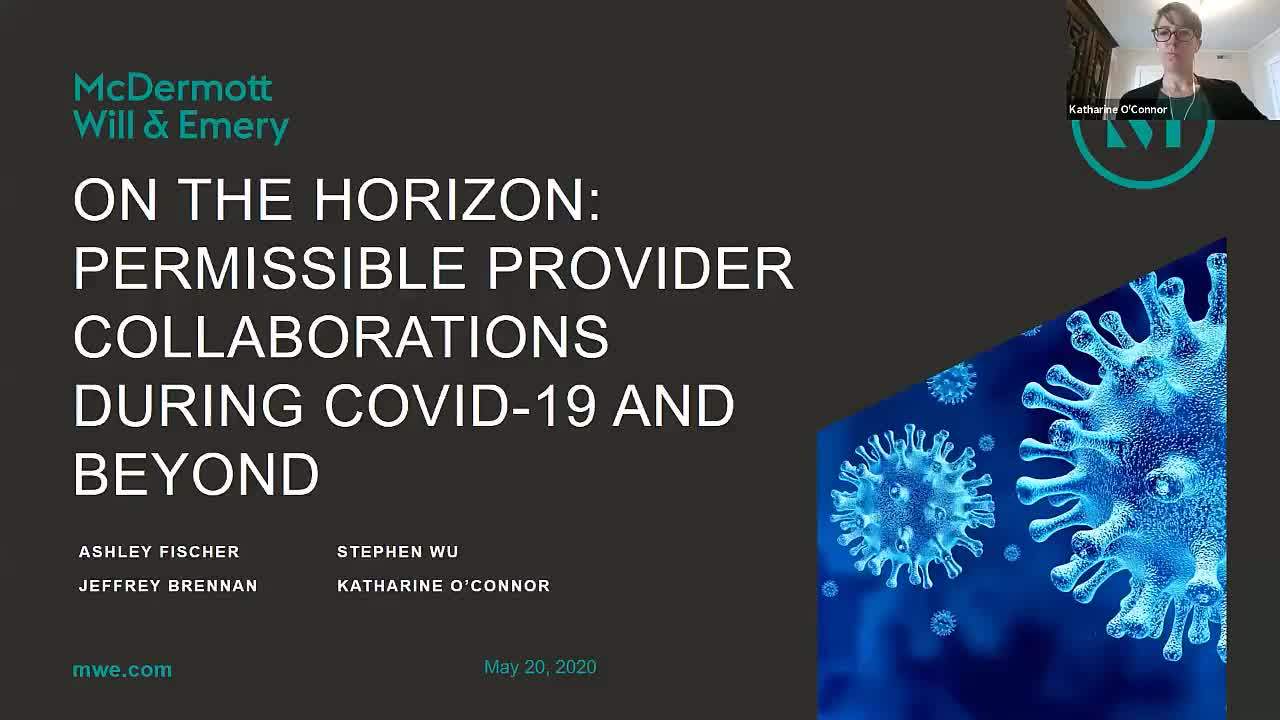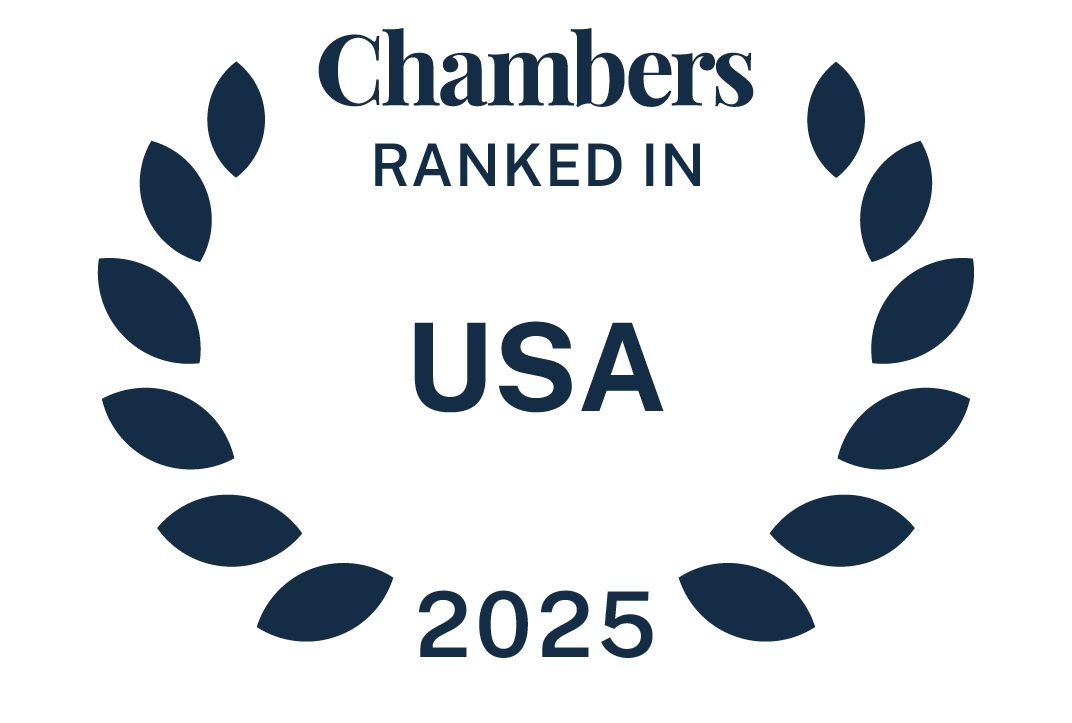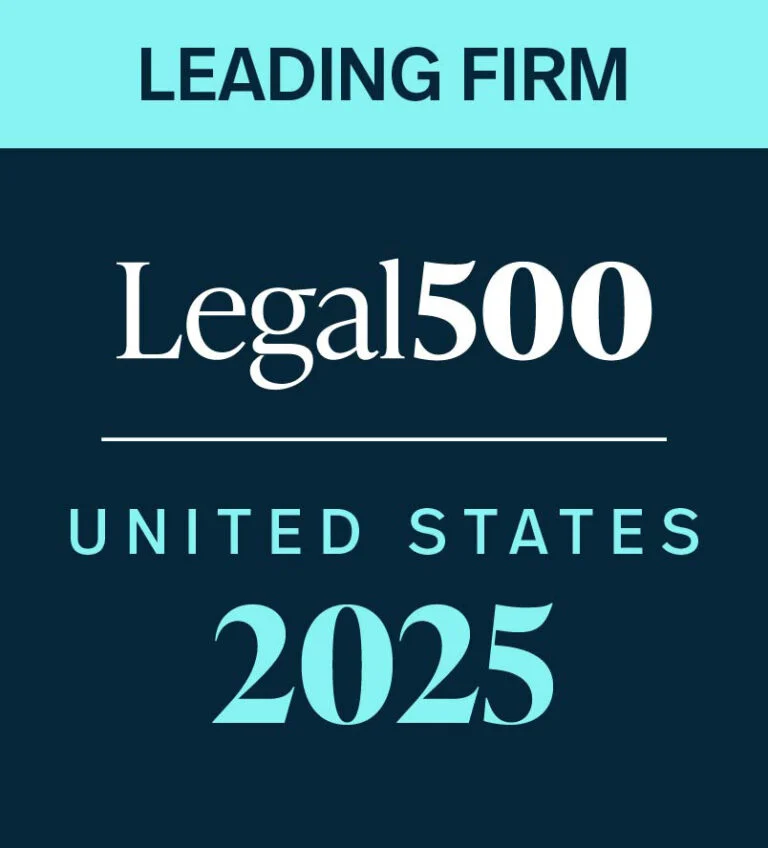The US Federal Trade Commission (FTC) recently extracted a $3.5 million civil penalty from two companies involved in a gas station merger. The FTC asserts the companies violated their settlement agreement with the government, which required the divestment of 10 gas stations within 120 days from the date of the settlement agreement. The parties overshot the divestiture deadline by more than three months. The Commission stated its deadlines are not a suggestion and it will not permit parties to profit from order violations of any kind, including late divestitures.
FTC commissioner Rohit Chopra’s dissenting statement, made in an unrelated case just two weeks prior to this fine, emphasized that divestitures should be completed promptly and raised concerns with settlements involving divestitures that are made “after a prolonged period of time.” Taken together, if there is a change in administrations in November, we may see even more focus on requiring buyers up front or buyers in hand for mergers that require divestitures to gain clearance.
WHAT HAPPENED:
- On July 6, 2020, the FTC imposed a $3.5 million civil penalty on two companies relating to 10 gas stations the Commission required the companies to divest within 120 days of the settlement, to gain clearance for their recent transaction. The companies failed to divest the gas stations by the June 15, 2018, Commission deadline.
- The FTC noted that “Commission orders carry the force of law” and Commission “deadline[s are] not a suggestion.”
- The FTC emphasized that it will “vigorously pursue and penalize” parties who attempt to “profit from order violations of any kind, including late divestitures.” The daily civil penalty is $43,280.
- The Commission voted 5–0 on this settlement and civil penalty.
- The divestitures were ultimately made more than three months after the original agreed-to deadline.
- The Commission also claimed that the compliance reports submitted to the FTC were not complete, and the incomplete reports, in and of themselves, constituted consent order violations, commencing the daily civil penalty clock.
- On June 26, 2020, less than two weeks before the civil penalty in the gas station matter was made public, Commissioner Chopra issued a dissenting statement in the Matter of Eldorado Resorts and Caesars Entertainment. In that case, the Commission allowed the assets to be divested to be retained by Eldorado for a period of roughly a year post-closing. During that period, the divestiture buyer would seek state gaming licensures needed to take ownership, and the casinos to be divested would be operated by an independent trustee.
- Commissioner Chopra argued that “the Commission should not agree to merger settlements unless divestitures are completed promptly to a qualified buyer ready and willing to compete on day one.”
- He also stated that “[i]t is risky and makes little sense to propose a complex settlement with a prolonged divestiture period and unorthodox terms to justify a merger that has no meaningful benefits, particularly given [...]
Continue Reading
read more


 Subscribe
Subscribe

